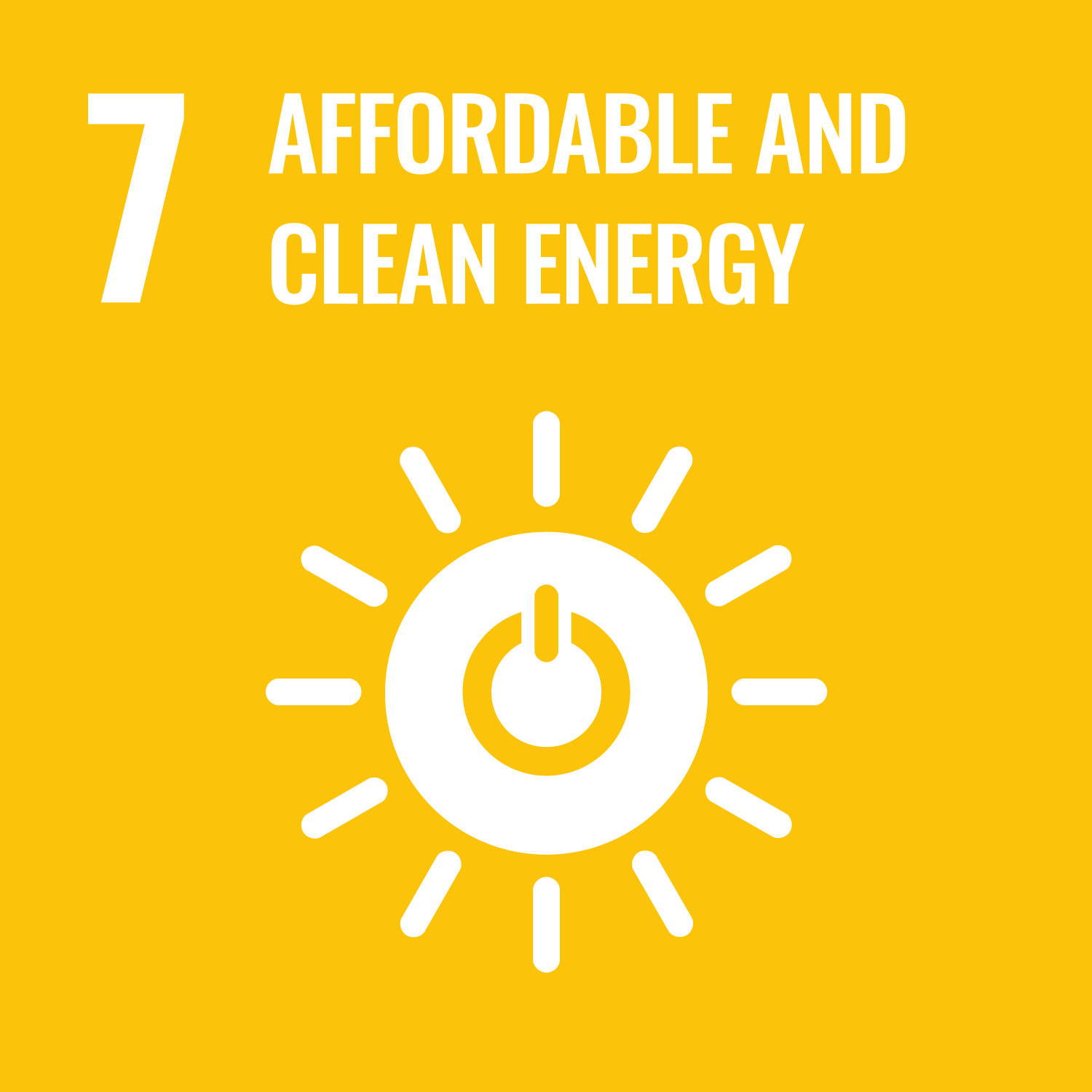ORCID
- Martyn Hann: 0000-0003-3965-9331
- Daniel Conley: 0000-0001-6822-5386
- Keri Collins: 0000-0002-7728-5441
- Deborah Greaves: 0000-0003-3906-9630
Abstract
For the physical model testing of wave energy converters (WECs) in the wave basin, it is necessary to test the models in a small number of sea states. Previously, the H – T binning method was widely used to determine the sea states that are representative of an ocean area. However, it omitted much useful information such as the wave directionality. In this paper, a novel method, the K-means clustering technique is used in combination with High Frequency (HF) radar measured data from Wave Hub, UK. The results show that K-means clustering method better preserves the characteristics of the ocean area than the binning method. Furthermore, the impact of different regrouping methods on assessing the annual energy output of the model is investigated, by applying the K-means clustering method to a 1:25 two-body hinged raft WEC. It is found that although non-linear performance can be clearly observed in the model both physically and numerically. Due to the fact that most sea states from Wave Hub are out of the non-linearity range of the model, the non-linear effect on the overall performance of the WEC model in this ocean area is limited. It allows the annual energy output to be accurately predicted by using only a small number of representative sea states (defined as K) ≤15, based on K-means clustering method.
DOI Link
Publication Date
2023-01-01
Publication Title
Renewable Energy
Volume
202
ISSN
0960-1481
Acceptance Date
2022-11-12
Deposit Date
2023-05-16
Embargo Period
2023-11-18
First Page
103
Last Page
115
Recommended Citation
Wang, D., Jin, S., Hann, M., Conley, D., Collins, K., & Greaves, D. (2023) 'Power output estimation of a two-body hinged raft wave energy converter using HF radar measured representative sea states at Wave Hub in the UK', Renewable Energy, 202, pp. 103-115. Available at: 10.1016/j.renene.2022.11.048


